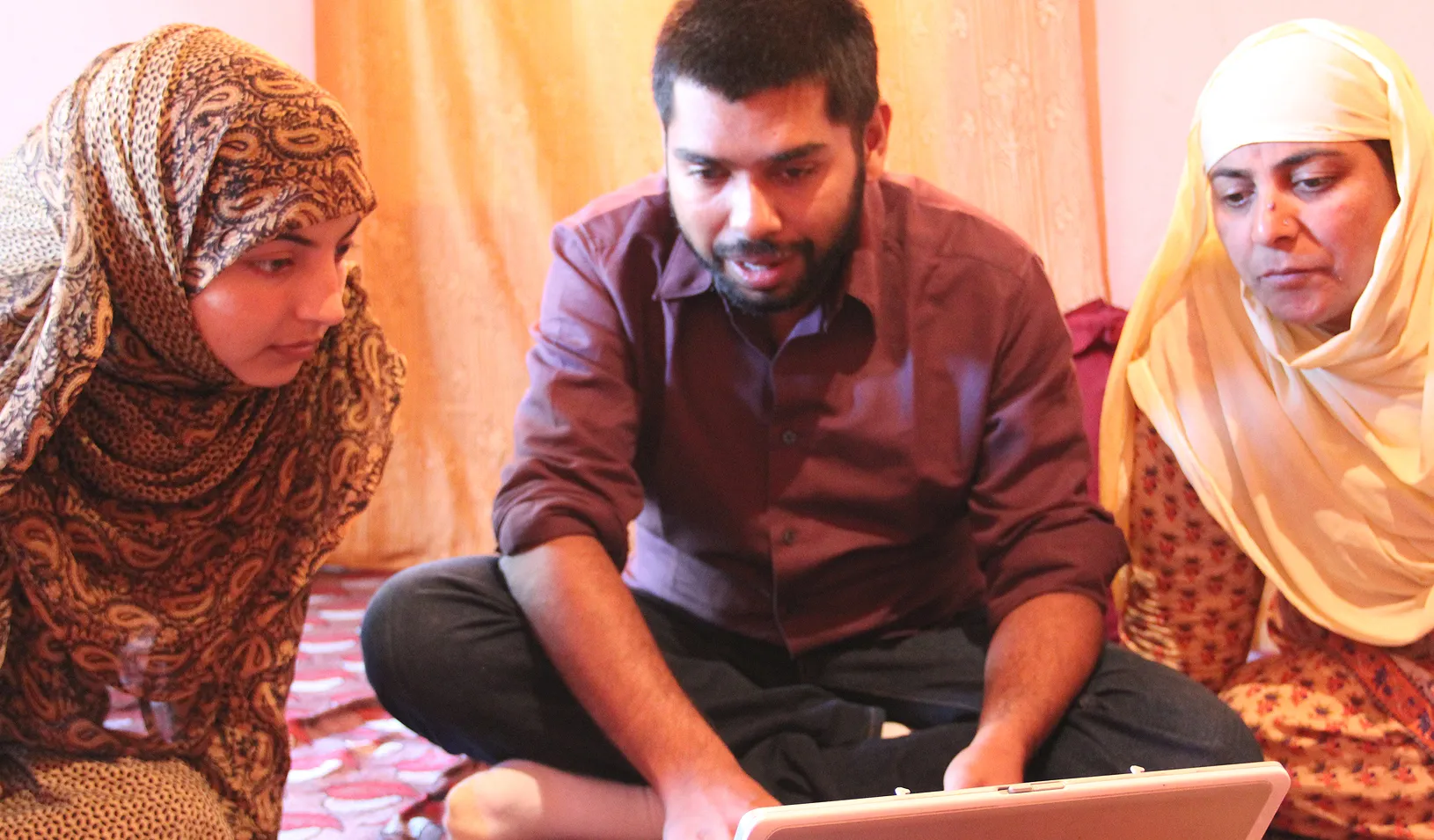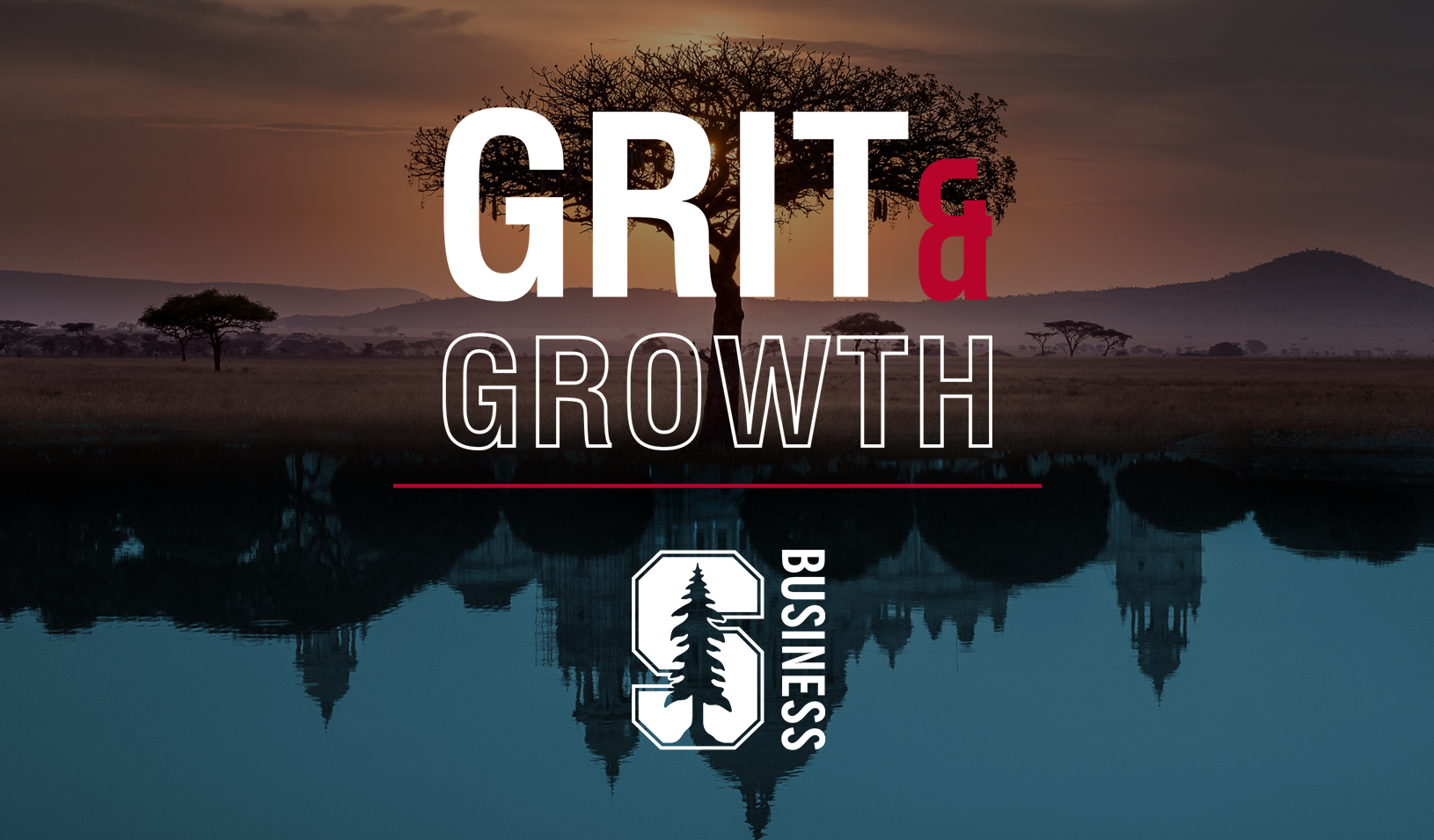Vivek Garg: How to Fight War with Business
An Indian army vet builds business relationships across battle lines in conflict-torn Kashmir and Northeast Indian villages.
October 09, 2013
Vivek Garg’s organization BAPAR is breaking down barriers between war-torn Kashmir communities by empowering women entrepreneurs.
As an officer in the Indian army, Vivek Garg led men into combat for a decade. Now he’s turning his leadership skills to economic development and has founded an organization that is building cooperative enterprises in conflict-torn Kashmir and two other states in Northeast India. Business Alternatives for Peace Action and Reconstruction (BAPAR), is working with 250 female artisans in villages that were once at war. His next challenge: Moving beyond the traditional nonprofit model of social development.
What inspired you to found BAPAR?
My father was an engineer who worked in development projects such as water and power supply. His work had a remarkable impact on people. I knew I wanted to do something like that; something that would do good.
I joined the army and was leading a patrol in Kashmir when a young man detonated an explosive device, killing one of my soldiers. He didn’t even flee. It turned out he had been lied to; he thought pushing the button would just alert the militants that the army was here. Local people, like him, are the engines of peace that the military can’t reach. I realized that we have to engage the locals in a way that they want to be engaged.
How does BAPAR engage with the local community?
We have used different models in different areas. For example, in Northeast India, we had created a handicraft enterprise in a Muslim community and a handicraft enterprise in a Christian community. For years they were in conflict. The Christian villagers controlled the roads in the area, and would blockade them, sometimes for 150 days at a stretch. We have used their complementary designs and skills to build interdependence between these tribes and bring them together. Working together has not only increased their profits, strengthened supply-chains and mitigated risk to business, but have also given them ample visible reason to trust each other, help each other during economic blockades, and peacefully coexist.*
Why focus on handicrafts?
Almost every woman in the area knows how to do handicrafts, how to weave. They were already making and selling products, so it made sense to start there. But they were working very inefficiently. They bought supplies from a middleman, and he would come back and collect the finished goods and pay them. They got less than a 50th of what the middleman sold the work for in the market. Handicraft products from these regions are highly sought after in the developed markets, so there existed a business opportunity.
How is the business different now?
We created an enterprise around a woman in each community who had the potential to run a business. We let those people hire other women to work for the enterprise. Now these enterprises order material on their own, take orders on their own, and sell on their own. We’ve also developed the value chain. They used to buy raw materials locally, which is very costly. Now the supply for raw materials is from Delhi and Mumbai and places like that. We have created relations with large business houses who are buying from the women. Their incomes have tripled.
What did you learn from getting these businesses started, and is there a lesson for others?
I initially started with the microfinance model. I was trying to make an entrepreneur out of every single person. That failed miserably. They wanted jobs; they didn’t want to be entrepreneurs. I was just doing what had worked in other places, without making sure it was appropriate to our situation. That’s an important lesson.
The enterprises are made up of women. Why is that?
Woman influence the social issues in a very big way. The irony, though, is that in any discussion of peace, they are totally left out. We knew that women could break the barrier between two communities that were fighting each other. They could mobilize their community to do this.
How would you describe your core values and the core values of BAPAR?
Whenever a youth has a chance to choose between conflict and peace, it is very difficult to make the right choice if he or she doesn’t have a sustainable existence. People will choose peace on their own if they can. That is the core value on which I started BAPAR, and I want it to remain like that.
I assume there was seed money to start the local businesses. Where did it come from?
Initially, I invested money from my savings from the military. Later, business houses that were buying from them started giving them working capital in advance. And that was a major breakthrough, since people usually don’t want to give money in advance in conflict regions.
How is the business model changing?
BAPAR takes an equity stake and shares annual profits with the entrepreneur(s) who hires the employees and pays them a salary plus a share of the profit. Our goal in the near future is to build investment opportunities for investors seeking both social and financial return.
What brought you to Stanford?
When I started BAPAR in 2009 all that was on my resume was my military experience; it was one of the things that held investors back from committing capital. That was why I thought I should get a business education. I chose Stanford because it is well known for its work in developing social entrepreneurs. Also, I needed to have a better understanding of how to make enterprises more sustainable and attractive to for-profit investors.
Did Stanford live up to your expectations?
It would not have been possible for me to afford a business school education in the U.S. without the help of two major Indian industrialists: Mr. Farhad Forbes [Stanford GSB MS ‘91], director of Forbes Marshall Pvt. Ltd.; and Mr. Jamshyd Godrej of Godrej & Boyce Pvt. Ltd., who, in part, sponsored my education to support the vision of BAPAR.
Is there a business book you would recommend?
Start with Why: How Great Leaders Inspire Everyone to Take Action, by Simon Sinek.
Vivek Garg received a master’s of science degree from Stanford GSB’s Sloan Program (now Stanford MSx Program) in 2013.
* This updates an earlier version of this story, which may have incorrectly implied that this project was underway in Kashmir.
For media inquiries, visit the Newsroom.
Explore More

Get Ready for Season 4 of Grit & Growth

Short Takes: Trailblazing the Internet of Things in Bangladesh



